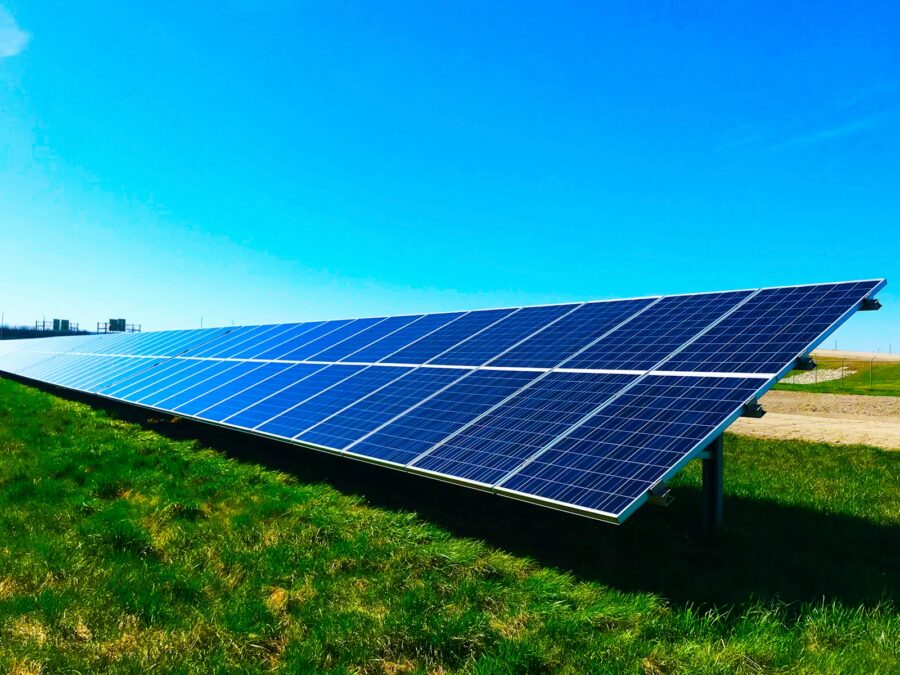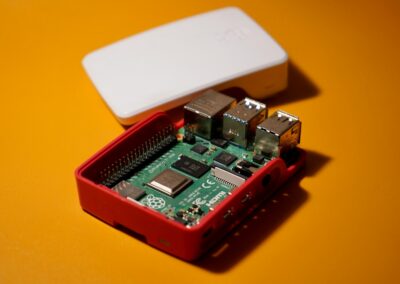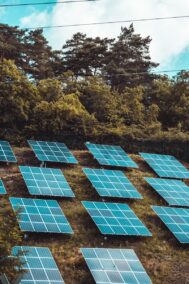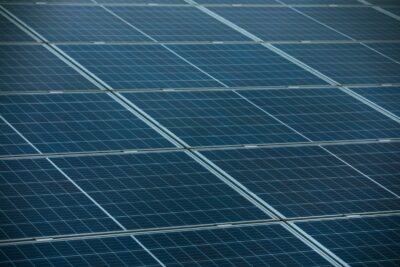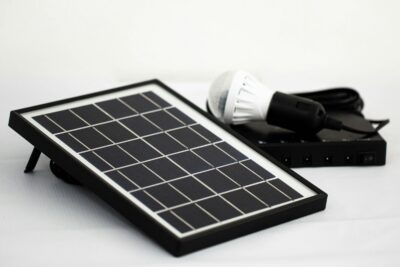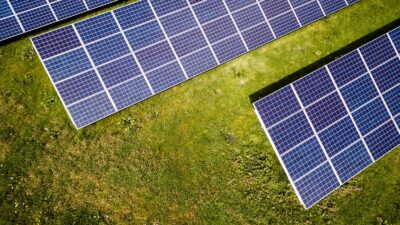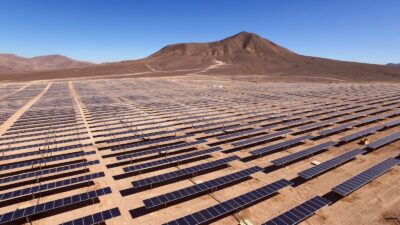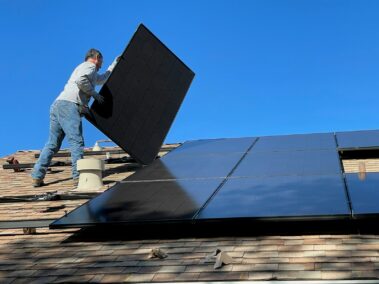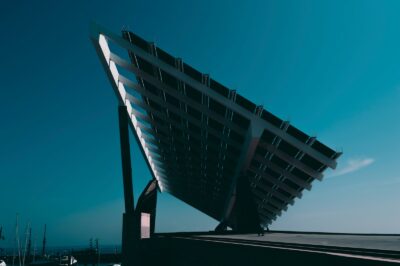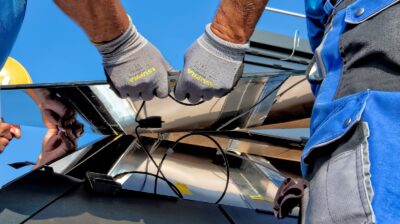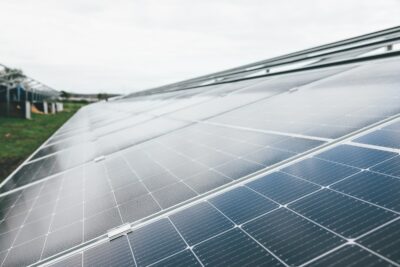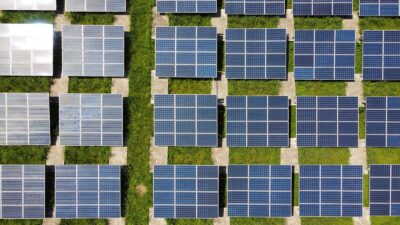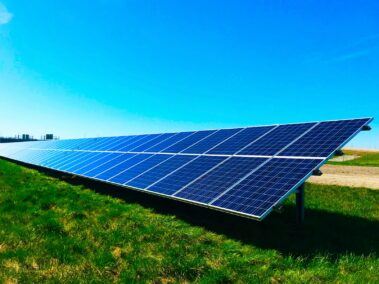Optimizing Solar Power Generation
The Role of Advanced Materials in Solar Panels
The utilization of advanced materials is revolutionizing the efficiency and performance of solar panels, contributing to the widespread adoption of renewable energy sources. Traditional solar photovoltaic (PV) technology has limitations in terms of energy conversion efficiency and durability. However, advancements in materials science have led to the development of new semiconductor materials, such as perovskite and thin-film solar cells, which offer higher efficiency and lower production costs.
In regions like Saudi Arabia and the UAE, where sunlight is abundant, the integration of advanced materials in solar panels is particularly advantageous. Riyadh and Dubai are investing in solar energy projects that leverage these innovative technologies to enhance energy production and reduce reliance on fossil fuels. By harnessing the power of the sun more efficiently, these countries are accelerating their transition towards a sustainable and resilient energy future.
Enhancing Energy Conversion Efficiency
The primary goal of incorporating advanced materials in solar panels is to improve energy conversion efficiency, allowing for more electricity generation from the same amount of sunlight. Perovskite solar cells, for example, have demonstrated remarkable efficiency gains in recent years, rivaling traditional silicon-based cells. Their unique crystalline structure enables higher light absorption and better electron mobility, resulting in increased power output and lower energy costs.
Moreover, thin-film solar technologies offer advantages in terms of flexibility, lightweight design, and ease of installation, making them suitable for a variety of applications, including building-integrated photovoltaics (BIPV) and portable solar devices. By maximizing energy capture and minimizing material usage, these advanced materials contribute to a more sustainable and cost-effective solar energy ecosystem.
Driving the Transition to Clean Energy
The widespread adoption of advanced materials in solar panels is a key driver of the global energy transition towards clean and renewable sources. Saudi Arabia and the UAE recognize the importance of investing in innovative technologies to diversify their energy portfolios and reduce carbon emissions. Solar energy projects powered by advanced materials not only contribute to environmental conservation but also create opportunities for economic growth and job creation.
Furthermore, the scalability and versatility of advanced solar technologies make them suitable for addressing a wide range of energy needs, from large-scale utility projects to off-grid applications in remote areas. By leveraging these technologies, Riyadh and Dubai are positioning themselves as leaders in the global clean energy revolution, driving innovation and sustainability in the Middle East and beyond.
Conclusion: Paving the Way to a Sustainable Future
In conclusion, the integration of advanced materials in solar panels represents a significant step towards achieving greater energy efficiency and sustainability. By harnessing the power of sunlight more effectively, countries like Saudi Arabia and the UAE can reduce their carbon footprint, mitigate climate change, and secure a cleaner and more prosperous future for their citizens.
As Riyadh and Dubai continue to invest in solar energy projects powered by advanced materials, the benefits extend beyond environmental conservation to economic resilience and energy security. By embracing innovation and collaboration in the renewable energy sector, these countries are paving the way for a sustainable energy transition that will shape the future of the region and the world.
—
#advancedmaterials #solarpanels #energyefficiency #renewableenergy #SaudiArabia #UAE #cleanenergy #greentechnology #Riyadh #Dubai

